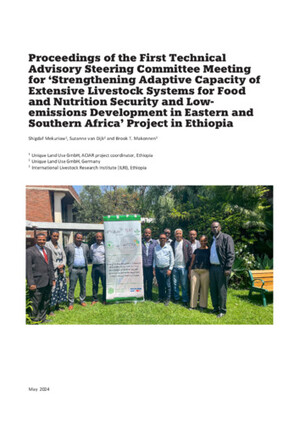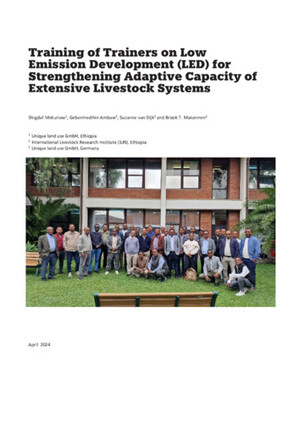
Marker-based selection within smallholder production systems in developing countries
Abstract
Livestock plays an important role in the livelihoods of millions of poor smallholders within developing countries. Although it has been recognized that smallholders could benefit from genetic improvement strategies (breeding programmes), the challenges associated with establishing genetic improvement strategies for smallholder systems are considerable, resulting in limited successes to date. This paper considers the potential role of marker-based selection to genetic improvement strategies for smallholder production systems, taking into account the socio-economic, infrastructural and institutional issues. The paper stresses that no genetic improvement strategy, with or without the use of markers, is likely to succeed unless a systems approach is applied and other system constraints are met. The marker-based selection technologies discussed in this paper include marker- and gene-assisted selection, marker-assisted introgression and genomic selection. The issues addressed include the priorities of marker-based selection against other genetic improvement strategies, the potential benefits of these technologies to smallholder producers, and conditions under which marker-based selection will most likely succeed in smallholder production systems. We suggest that, of these marker-based selection technologies, marker-assisted introgression and the emerging technology of genomic selection appear to offer the most promise to smallholders, although this is yet to be clearly demonstrated. In relation to genomic selection, developing countries should maintain a ‘watching brief’ on this technology, but simultaneously act now so that they can capitalize on this technology if and when it becomes applicable in the future.
Citation
Marshall, K., Quiros-Campos, C., Werf, J.H.J. van der and Kinghorn, B. 2011. Marker-based selection within smallholder production systems in developing countries. Livestock Science 136(1):45-54.









